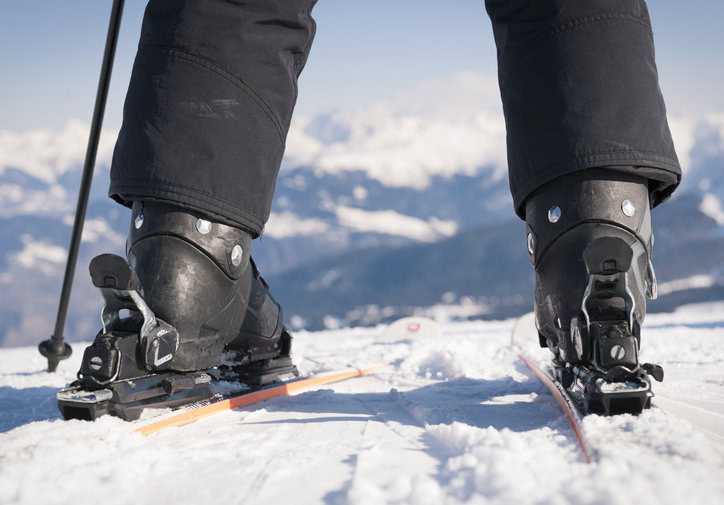DIN Setting for Ski Bindings

Whether you prefer to boot up in the lodge or in your car, get in line for the chairlift first thing in the morning or wait until night, or favor camber over rocker, some options for your skis only partially come down to preference. One such feature, the DIN setting, or the release force setting of your ski bindings, is set by ski shops through specific standard parameters, with its name coming directly from the voluntary consensus standards community.
What Is DIN?
DIN is the Deutsches Institut für Normung, or the German Institute for Standardization. This organization is the independent platform for standardization in Germany, and it serves as the German member body to ISO, the International Organization for Standardization.
Where Does DIN Setting Come From?
The feature of ski bindings known as the DIN setting earned its moniker by the ski community from a specific standard, DIN 7881-5. This standard covered the release torques and release values of release bindings used in alpine, or downhill, skiing to determine the adjustment value, (Z) for individual skiers. This value was initially measured as the diameter of the head of the skier’s tibia in millimeters, which then underwent several correction factors.
The last edition of the DIN standard was published back in 1984. So, while skiers continue to refer to their force release number as their DIN setting, it is no longer specified in a DIN standard. In 1993, DIN 7881 was superseded by ISO 11088.
What Is ISO 11088?
ISO 11088:2023 – Alpine ski/binding/boot (S-B-B) system – Assembly, adjustment and inspection is more expansive than the historical DIN 7881. The international standard provides inspection procedures and tolerances for the alpine (or downhill) ski/binding/boot (S-B-B) system before it leaves the ski shop. It also applies to the periodic verification of the ski equipment.
Various international standards detail ski specifications for manufacturers, but ISO 11088 is written for retailers, integrating requirements specific to skis, bindings, and boots found in these standards. It goes through the different phases for choosing components and their assembly, adjustment, and inspection in the form of practical procedures.
How Does ISO 11088 Establish Your DIN Setting?
ISO 11088 enables ski shops to select release value to find release value Z (pre-setting). This considers the skier’s parameters of mass, height, age, boot sole length, and type, along with inspection parameters and other adjustments.
While ISO 11088 is meant for ski shops, it can be used by all individuals and institutions concerned with its procedures. For ski rentals lasting less than 15 days, ski shops are expected to follow the inspection procedures and tolerances from another international standard, ISO 13993:2019 – Rental ski shop practice – Sampling and inspection of complete and incomplete alpine ski-binding-boot systems in rental applications.






